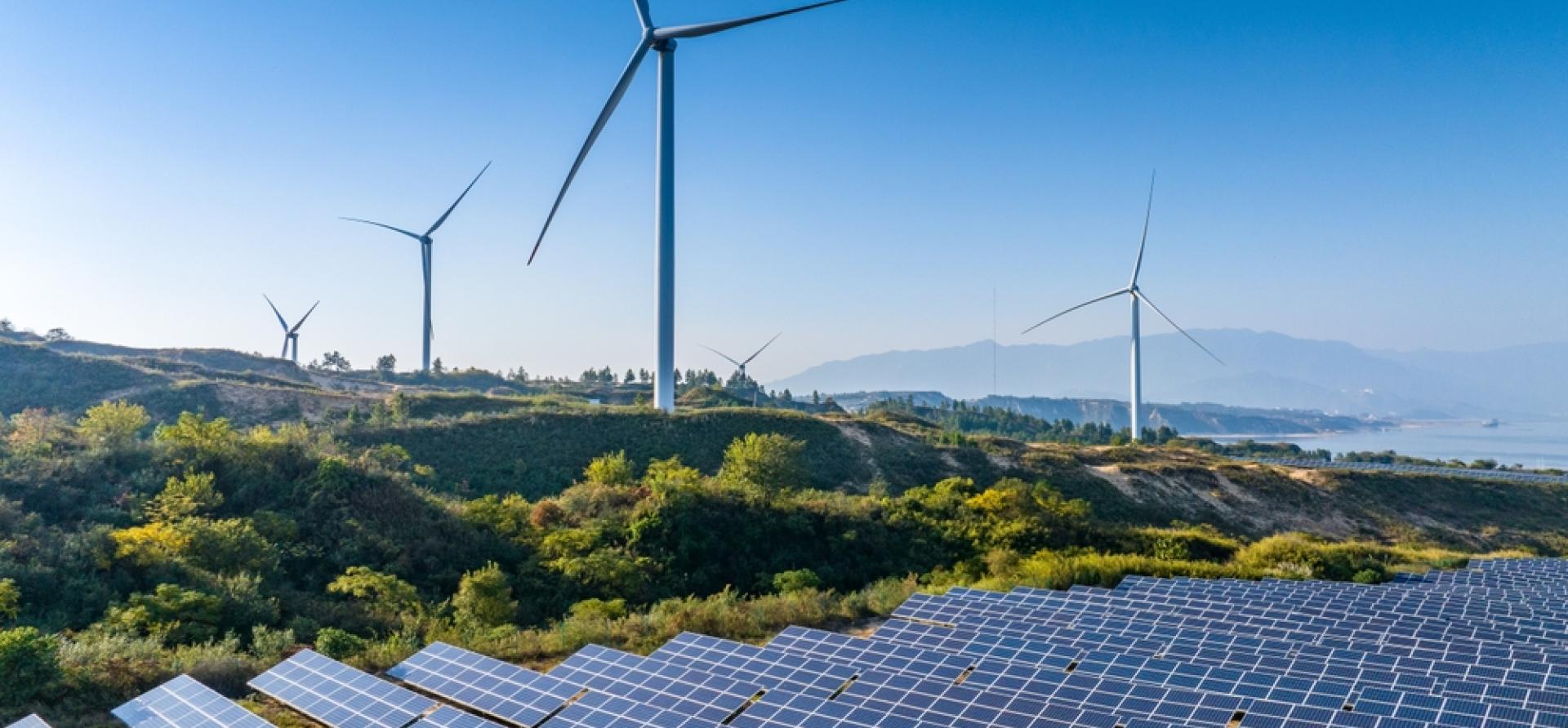
Key Findings
Investment in renewable energy in Indonesia has stagnated for the past seven years. In 2023, it attracted a mere US$1.5 billion, lagging far behind its Southeast Asian neighbors.
Indonesia needs to attract US$146 billion in near-term renewable energy investment to meet the country’s 2030 climate target.
Current policies and onerous contractual requirements towards solar and wind power raise costs and discourage private investment.
Introducing transparent and well-defined procedures in renewable energy procurement, supported by more commercially balanced contractual terms and conditions, will provide assurance and certainty for potential investors.
Executive Summary
Indonesia, the most populous Southeast Asian country, with its abundant solar, wind, and natural resources, possesses significant potential for renewable energy development. However, it is struggling to make meaningful progress and needs to attract more investment to increase renewable energy capacity.
Indonesia’s renewable energy investment has stagnated over the past seven years. The latest data shows that Indonesia could only attract around US$1.5 billion (bn) in 2023, translating into a mere 574 megawatts (MW) of additional renewable energy capacity; 145MW of which was added in 2023 from the Cirata floating solar project. Meanwhile, Indonesia’s neighboring countries have installed significant solar and wind capacity. Vietnam, for example, has a solar capacity of 13,035MW and 6,466MW of wind generation, recording an increase of 1,115MW capacity in solar and wind power in 2023 alone.
The Government of Indonesia (GOI) has issued several regulations to promote investment in renewable energy projects from the private sector or Independent Power Producers (IPPs) to achieve emission targets. However, due to the slow progress in development, especially in the solar and wind segments, the attractiveness of investing in renewable energy is in doubt. The government’s latest regulation in 2022 did not yield the desired result of increasing renewable energy in the energy mix as investments continued to flow into fossil fuel-based energy sources such as oil and gas. As a result, GOI has felt compelled to reduce its 2030 renewable energy targets from 26% of the energy supply to 19 - 21%. Such adjustments raise questions about the government’s commitment to a renewable energy transition.
Indonesia has committed to an unconditional 31.9% reduction target for greenhouse gas (GHG) emissions and a conditional 43.2% reduction in 2030.2 To meet its 2030 climate commitments, Indonesia needs around US$285bn, and private investment will be vital to fill the estimated US$146bn investment gap. This report analyzes the current situation and makes recommendations to help boost renewable energy investment. It explores the investment opportunities and challenges in Indonesia’s renewable energy sector, focusing on government policies, regulations, and implementation processes.
Indonesia has the ingredients to attract more investors in renewable energy projects due to rising demand from its 270 million population, historically strong economic growth, and abundant untapped renewable energy sources. However, several regulatory challenges create uncertainty for potential investors and financiers of renewable energy projects.
- Mandatory partner scheme. The government’s strategy in renewable energy asset ownership places Indonesia’s national electricity utility, PT Perusahaan Listrik Negara (PLN), and its subsidiaries in the driving seat on renewable energy development through a majority shareholders’ scheme. This scheme raises risks for potential investors and creates investment challenges as it negatively impacts equity returns for investors.
- Restrictions on the transfer of ownership rights. This regulation was put in place to ensure the completion of projects, but conversely, it limits the private sector from obtaining additional capital and technical expertise during project delivery.
- Deliver-or-pay scheme. The implementation of the new “deliver-or-pay” scheme, replacing the “take-or-pay” scheme further burdens the private sector with penalties if the IPP fails to meet availability or capacity requirements.
- Renewable energy ceiling tariff. The new ceiling tariff introduced by GOI is considered too low, and the competitive method under a direct selection process where the lowest price proposed makes a bidder successful leads to even lower, unattractive tariffs.
- Local Content Requirements (LCRs). The LCRs policy had the unintended effect of increasing investment costs, resulting in initial system costs being significantly higher than global market averages. Low renewable energy tariffs and increased investment costs negatively impact investor returns and make renewable energy investment unfeasible.
- Carbon credits incentives. Carbon credits have a value that can be sold within the carbon market and become a source of additional revenue for investors. However, the recent Power Purchase Agreement (PPA) states that any renewable energy market-based instruments (including carbon credits and renewable energy certificates) will be fully allocated to PLN. Consequently, investors can no longer benefit from carbon credits.
- Procurement procedures. Complicated renewable energy procurement procedures hinder investment inflows. Establishing transparent and clear processes is essential to attract more investment.
The government should assess and analyze the obstacles to potential private investment. The establishment of clear and concise procurement procedures, as well as consistent and reliable implementation of current regulations, will provide stability and certainty for potential investors. The government should also reevaluate the mandatory partner scheme, electricity purchase tariff, carbon credits incentives, and the local content requirements policy, which directly impact the financial viability of renewable energy projects as ultimately, return on investment is the most important factor in any financing decision.















